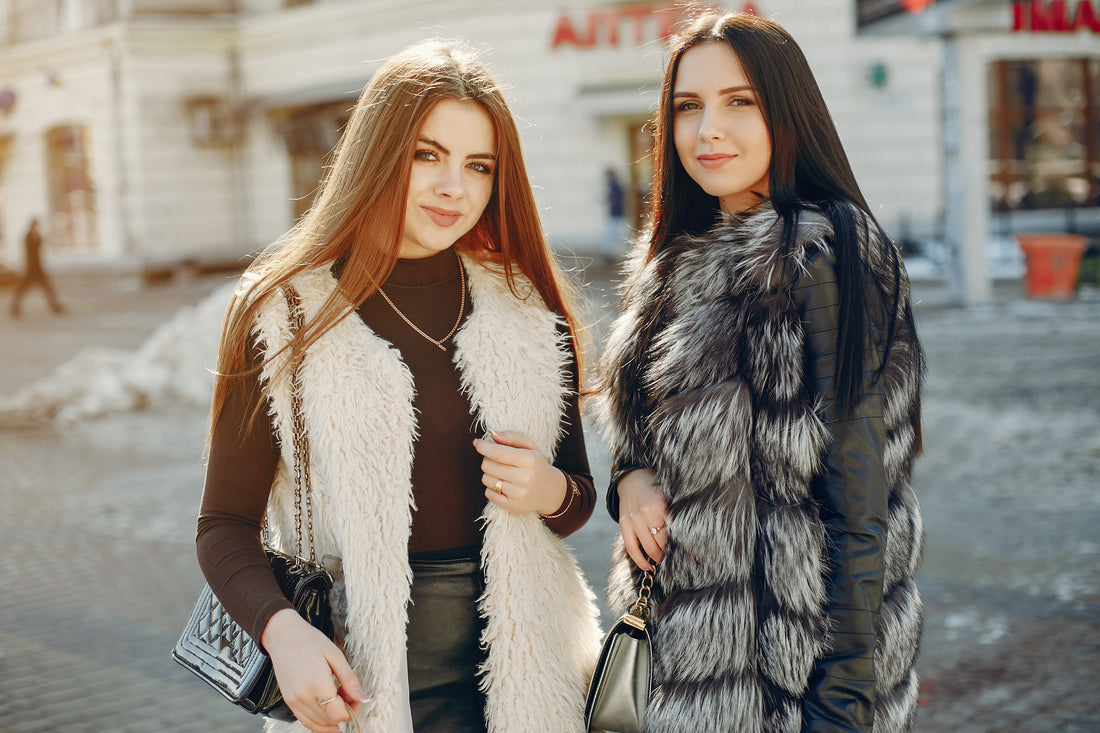
The Role of Jackets in Seasonal Transition
Anika HollandJackets occupy a unique space between function and appearance, often bridging the gap between changing temperatures. Unlike heavy coats, jackets are typically less imposing, making them suitable for both transitional weather and layered styling. Their variety in length, closure type, and detailing allows for versatile integration into different wardrobes.
Short jackets often highlight the proportions of trousers or skirts, drawing attention to the lower half of an outfit. Cropped versions can add sharper definition to the silhouette, while longer jackets suggest continuity with the clothing beneath. Closure systems — from zippers to buttons — subtly alter the character of the garment, affecting how it frames the body.
Collars and lapels also influence overall impression. A stand collar keeps the neckline contained, while a wide lapel opens the chest and shoulders. Pockets, cuffs, and seams can be emphasized as design statements or left minimal for a cleaner look.
The strength of jackets lies in their adaptability. They can function as layering pieces beneath heavier coats in colder months or as the main outer layer during transitional weather. By balancing length, cut, and detail, a jacket contributes to both proportion and seasonal rhythm, giving it a consistent place in a well-considered wardrobe.
